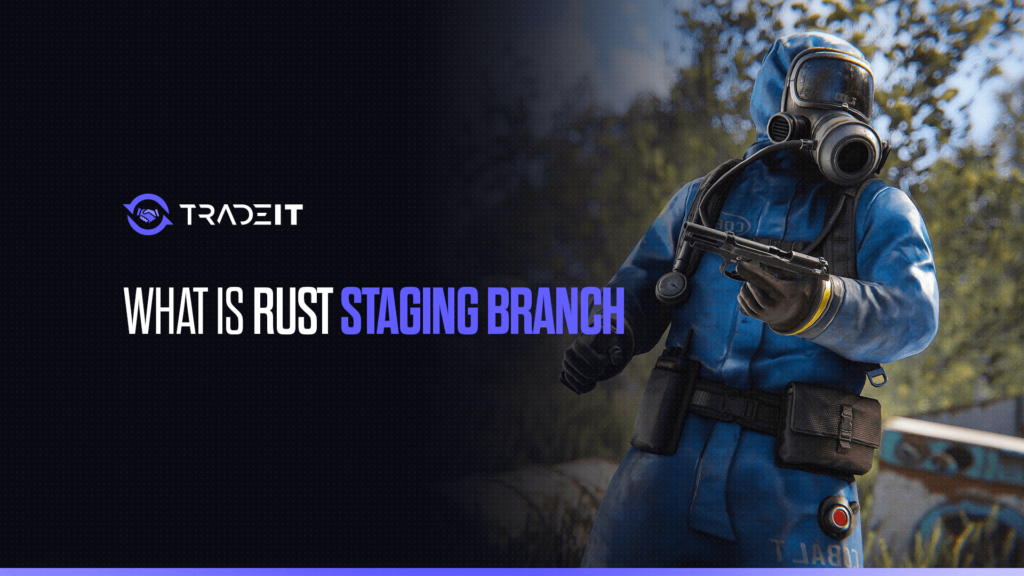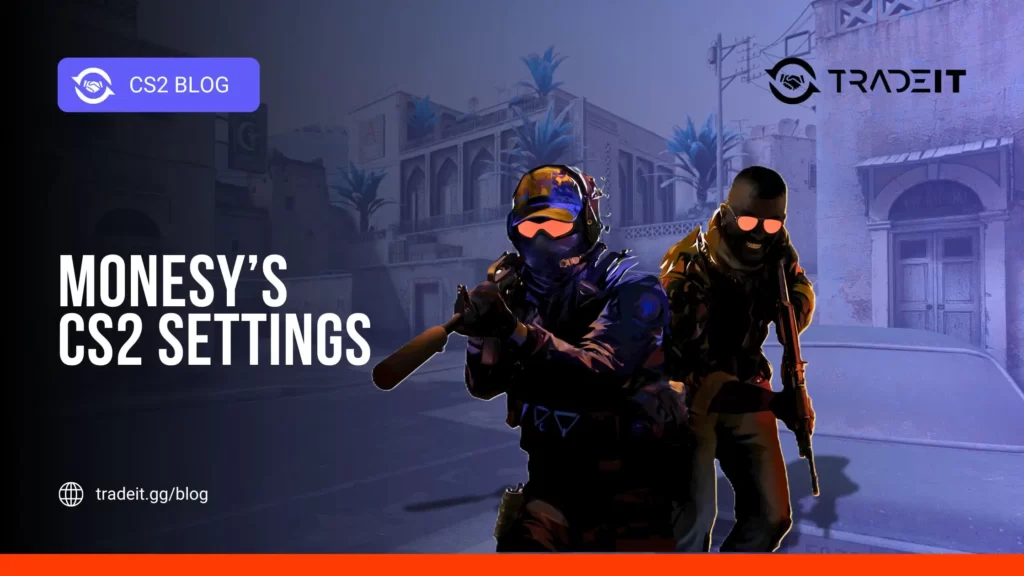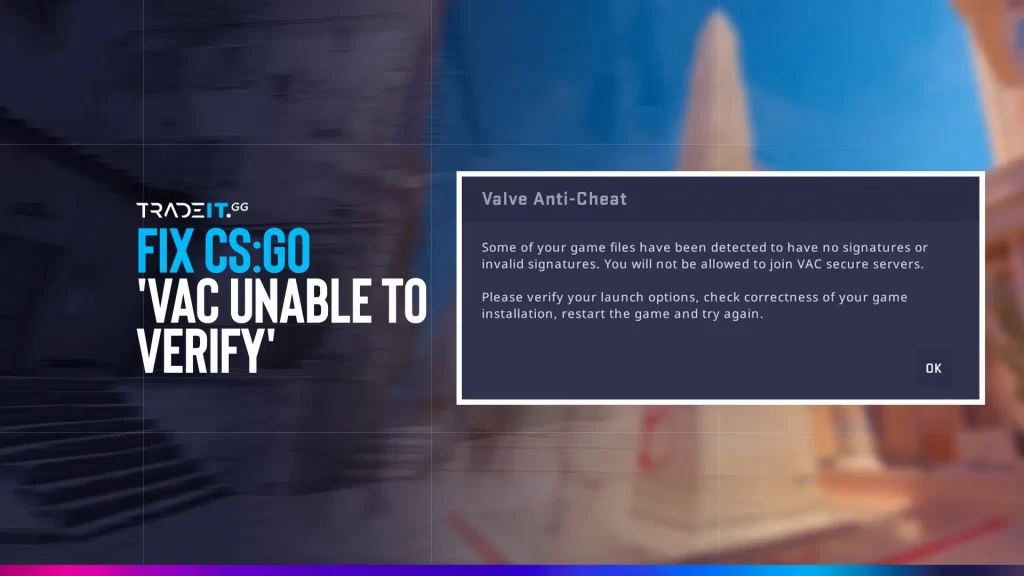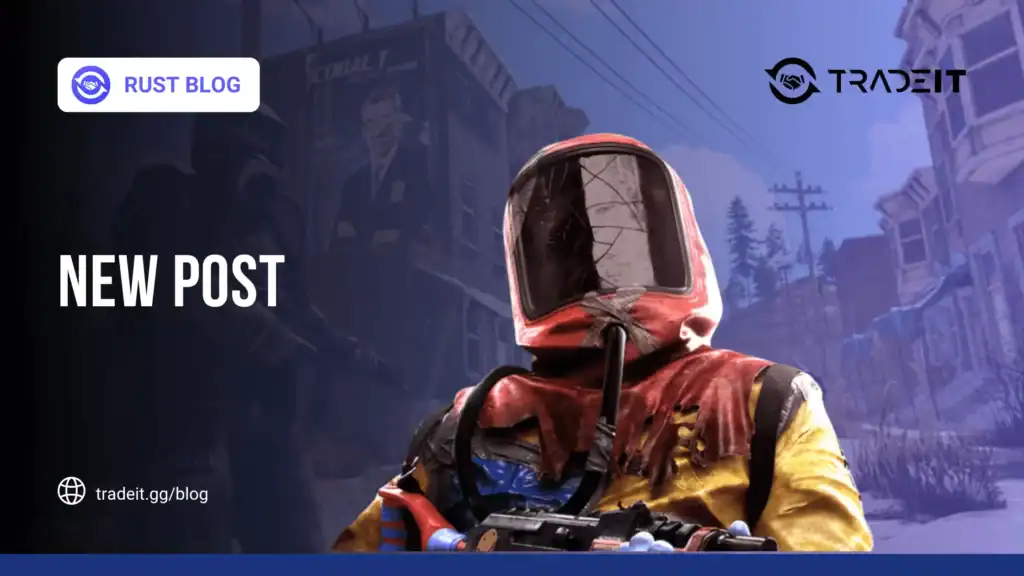When you first spot the “Rust Staging Branch” in your Steam library, it’s natural to feel a bit confused. It sits separately from the main Rust game, and if you’re like me, you might wonder: What is this version actually for?
Well, after diving in and exploring, I can tell you the Rust Staging Branch is where the magic happens before the main game sees any updates.
This branch acts as a testing ground for new features, mechanics, and changes that aren’t yet ready for prime time in Rust’s main version.
Accessing the Rust Staging Branch

If you already own Rust, the Staging Branch automatically shows up in your library. You’ll find it listed as “Rust – Staging Branch,” and installing it is as simple as installing any other game on Steam.
Once launched, it looks pretty much identical to the main Rust interface, but you’ll quickly realize there are key differences, especially in what’s available to test.
The Staging Branch is all about giving players an early look at upcoming features. From new weapons and building mechanics to adjusted game settings and even new environments, you get a preview of what’s on the horizon. But fair warning: this version is far from stable.
Also Check: Best Rust Server Mods
How the Staging Branch Works
Here’s the deal: The Staging Branch is where Rust developers push updates to test their impact on gameplay. Think of it as a live beta—new ideas and features are implemented here first.
You get to try things that could become game-changers in the future, but there’s a trade-off. The Staging Branch often has more bugs, occasional crashes, and frequent resets compared to the main version. It’s not meant for long-term gameplay but rather for testing and feedback.
Expectations
For example, if developers want to introduce a new weapon, they’ll push it to the Staging Branch to see how it balances out with existing items. Or, if they’re adjusting base-building mechanics, they’ll trial it here to catch any potential exploits or balance issues before the feature is available to everyone.
In the Staging Branch, you’re essentially on the front lines of Rust’s development. Your experiences here can directly influence tweaks and changes before they’re finalized. That makes playing on the Staging Branch feel unique, especially if you enjoy seeing how the game evolves.
Also Check: Rust Camera Codes
Should You Play on the Staging Branch?
If you’re curious or have a vested interest in Rust’s development, the Staging Branch is an awesome place to experiment. It’s also a fantastic option if you want a head start on understanding future mechanics. You might even spot a bug or imbalance that the developers haven’t noticed yet, and your feedback can help shape the next update.
But keep in mind: playing on the Staging Branch isn’t for everyone. If you’re looking for a consistent experience or dislike dealing with bugs, the main game is where you’ll find stability.
The Staging Branch can sometimes be frustrating because updates come frequently, sometimes resulting in server wipes or unplanned changes. It’s a bit like signing up to be a Rust beta tester, where everything is in flux.
Also Check: Guns in Rust
Final Thoughts on Rust’s Staging Branch
In short, the Rust Staging Branch is a behind-the-scenes glimpse into Rust’s future. Whether it’s upcoming weapons, new environment elements, or experimental gameplay mechanics, this branch gives you a front-row seat to what could be next for the game.
Frequently Asked Questions
The Rust Staging Branch is a test version of the game where developers introduce and evaluate new features before releasing them to the main game. It allows players to experience upcoming content and provide feedback on potential issues.
The primary difference between Rust and its Staging Branch lies in stability and content. While the main Rust game offers a stable experience with fully tested features, the Staging Branch provides early access to experimental updates, which may include bugs and frequent changes.
Yes, you can delete the Rust Staging Branch from your system. To do so, right-click on “Rust – Staging Branch” in your Steam library, select “Manage,” and then choose “Uninstall.”
To install the Rust Staging Branch, open your Steam library and locate “Rust – Staging Branch.” Click on it and then select the “Install” button to begin the download and installation process.






